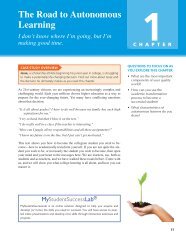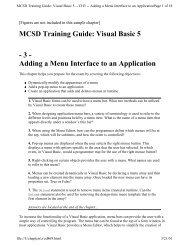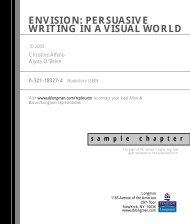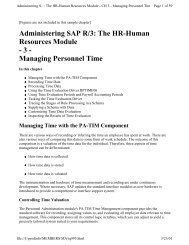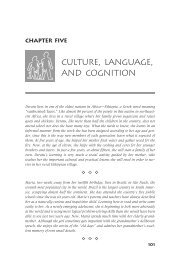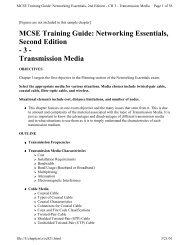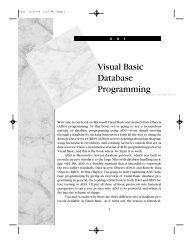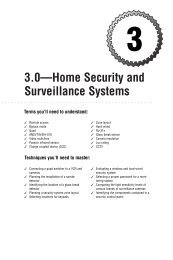Special Edition Using SAP R/3, Third Edition
Special Edition Using SAP R/3, Third Edition
Special Edition Using SAP R/3, Third Edition
You also want an ePaper? Increase the reach of your titles
YUMPU automatically turns print PDFs into web optimized ePapers that Google loves.
<strong>Special</strong> <strong>Edition</strong> <strong>Using</strong> <strong>SAP</strong> R/3, <strong>Third</strong> <strong>Edition</strong> - CH 3 - Exploring R/3 Architecture Page 6 of 26<br />
What is needed is help in describing how things are done now, and help in arranging the system so<br />
that it will work well in the future. The last thing an implementer wants is a host of problems with<br />
computer code. The last thing a managing director wants is a wonderful system that does not do what<br />
is necessary to support the business.<br />
Two methods and the tools to apply them are built in to the <strong>SAP</strong> systems:<br />
Enterprise data modeling, which helps you plot out where you are now and where you’re going.<br />
Customizing, which allows you to adjust the standard business software so that it exactly fits<br />
your future way of doing business. This is done without modifying any source code.<br />
Enterprise Data Models<br />
Input is processed to become output. This is a verbal model of a company. It is an information model,<br />
even if it is not very informative.<br />
Head office manages a purchasing department and a sales department. This is slightly more<br />
informative but not really useful.<br />
But suppose that you name all the work units--the activity centers in your company--and then write<br />
down what each one does. Then you’re on the way to assembling a useful information model of your<br />
enterprise.<br />
Chapter 5, "Consulting the R/3 Reference Model," discusses how the system contains a complete<br />
information model of itself that you can inspect in list format or explore in graphical presentation.<br />
You can see how your model of your existing company’s business processes compares with the model<br />
in the system.<br />
Chapter 6, "Optimizing Business Processing," shows how this tool can guide you through the process<br />
of designing a new system for your company that will work the first time, because all the standard<br />
business functions you need to get started have been predefined and programmed so that they<br />
integrate with each other.<br />
Tools for Adapting Software<br />
Another tool that is a fundamental part of the <strong>SAP</strong> concept and the R/3 system is the customizing<br />
system. When you look at part of the R/3 Reference Model, you can recognize many business<br />
functions that you already have in your operating departments, such as Sales and Production.<br />
With the advice and support of the R/3 Analyzer, you can select the functions of interest from the R/3<br />
Reference Model and start to build a system that fits your own situation and your target concept of<br />
how you want things to be. This first edition of the target system could be run as it stands, because it<br />
is made up of predefined standard business functions that are fully working and properly integrated<br />
with each other.<br />
But this system will not feel like your own tailor-made system. If you call for a list of your company’s<br />
products, you will not see your specific products, because the system knows nothing about them. If<br />
file://J:\prodinfo\MEMBERS\MA\ir057.html 3/23/01



